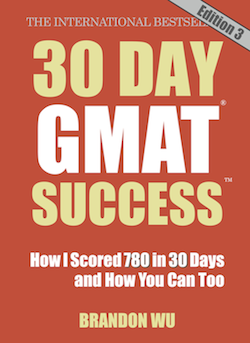Another Good Reason to Do Well on the GMAT
If you think that after you are accepted into the business school of your dreams, your GMAT score is no longer relevant, think again. Even though the Graduate Management Admission Council does not promote the GMAT as a tool with any purpose other than admissions, some employers have decided that the GMAT is a good way to weed out job candidates. An article published back in 2009 discussed how employers at top firms that are overwhelmed with job candidates will request GMAT scores and use them as a way to help decide who is lucky enough to be selected for an interview.
Among the reasons cited in the article is that the GMAT score allows employers to compare job candidates fairly by adjusting for business schools that only provide pass/fail grade or that may engage in grade inflation. Another reason is that while a high score on the GMAT may not indicate a certain level of intelligence or ability, it does show dedication to success and a willingness to work hard, traits that any employer would find desirable. Even though the economy has improved significantly since the article was first published, unemployment and underemployment is still high and competition for jobs is intense. Your GMAT score could make the difference in helping you get your foot in the door of Human Resources.
After two grueling years of business school coursework, the last thing you want to do is study for the GMAT all over again as some career services offices have been advising students to do. You may already have the 580 or 610 to get into your preferred program, but you can’t predict how spending a few extra hours studying might help you later on down the road. And once you get an amazing score, use it to your advantage. Put it on your resume or incorporate it into your social media profile. LinkedIn has a feature that allows you to add your GMAT score to your professional profile. Since you worked hard to do well on the test, why not advertise your accomplishment? You just never know who might be looking.
Image Courtesy of bpsusf with Creative Commons License

